Critical urban theory
This research explored the dynamic relationship between urban landscapes, architectural design, and technological evolution, particularly within the context of the Anthropocene epoch and rapid technological progress. Drawing from a diverse array of urban theory frameworks, the study sought to unravel the complex interconnections shaping contemporary cities. Employing advanced Artificial Intelligence techniques, a unique lexicon was distilled from scholarly texts and transformed into visually striking representations, stimulating contemplation and discourse. Through artistic manipulation, various cityscapes were imbued with novel elements and textures, accentuating key conceptual dimensions for heightened awareness and understanding.
URBAN ECOLOGICAL SECURITY
Pursuit of sustainable urban development practices aimed at achieving climate resilience. This includes the creation of green spaces, improved stormwater management, and the development of infrastructure that minimizes the impact of natural disasters on urban areas. The goal is to establish a harmonious balance between urban growth and environmental conservation to ensure the safety and well-being of urban populations.
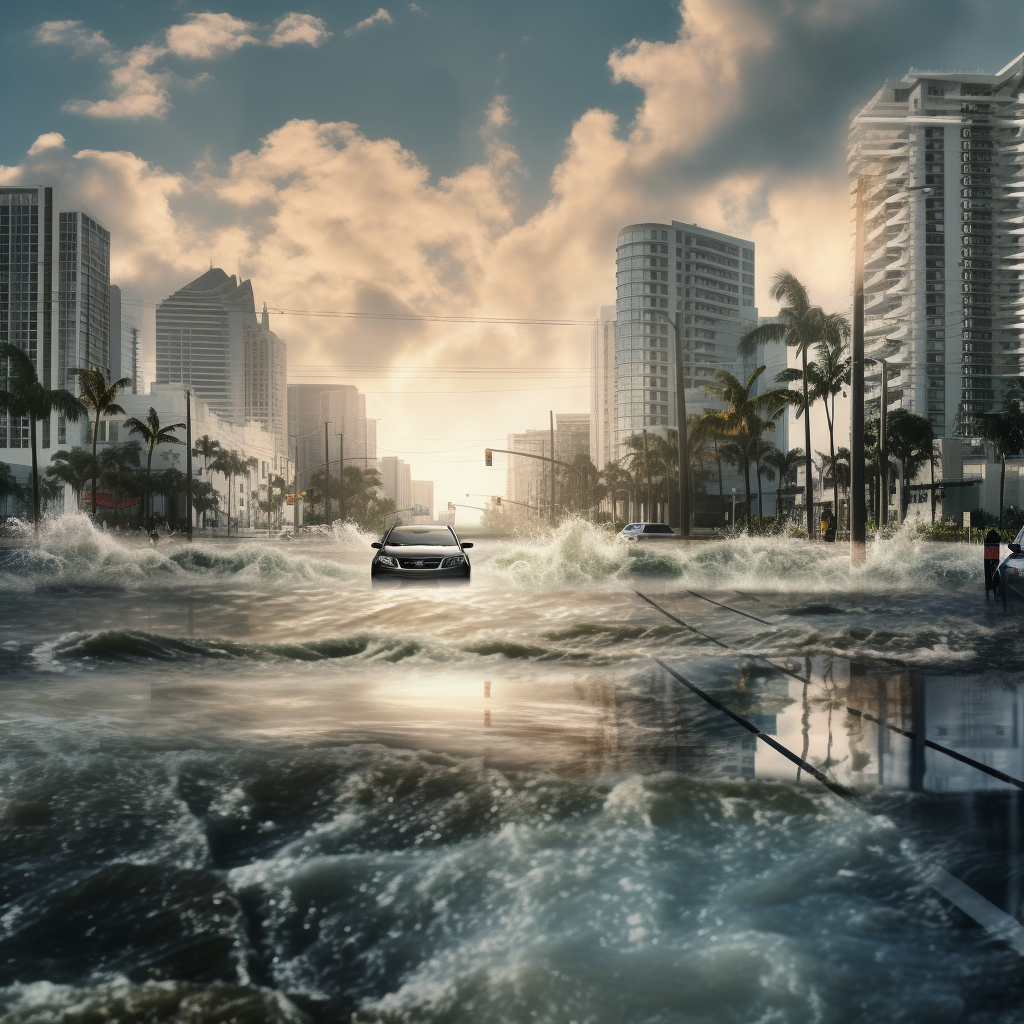
MARGINALIZATION
Economic and environmental segregation experienced by the less privileged. This encompasses their exclusion from economic opportunities and resources essential for climate resilience.
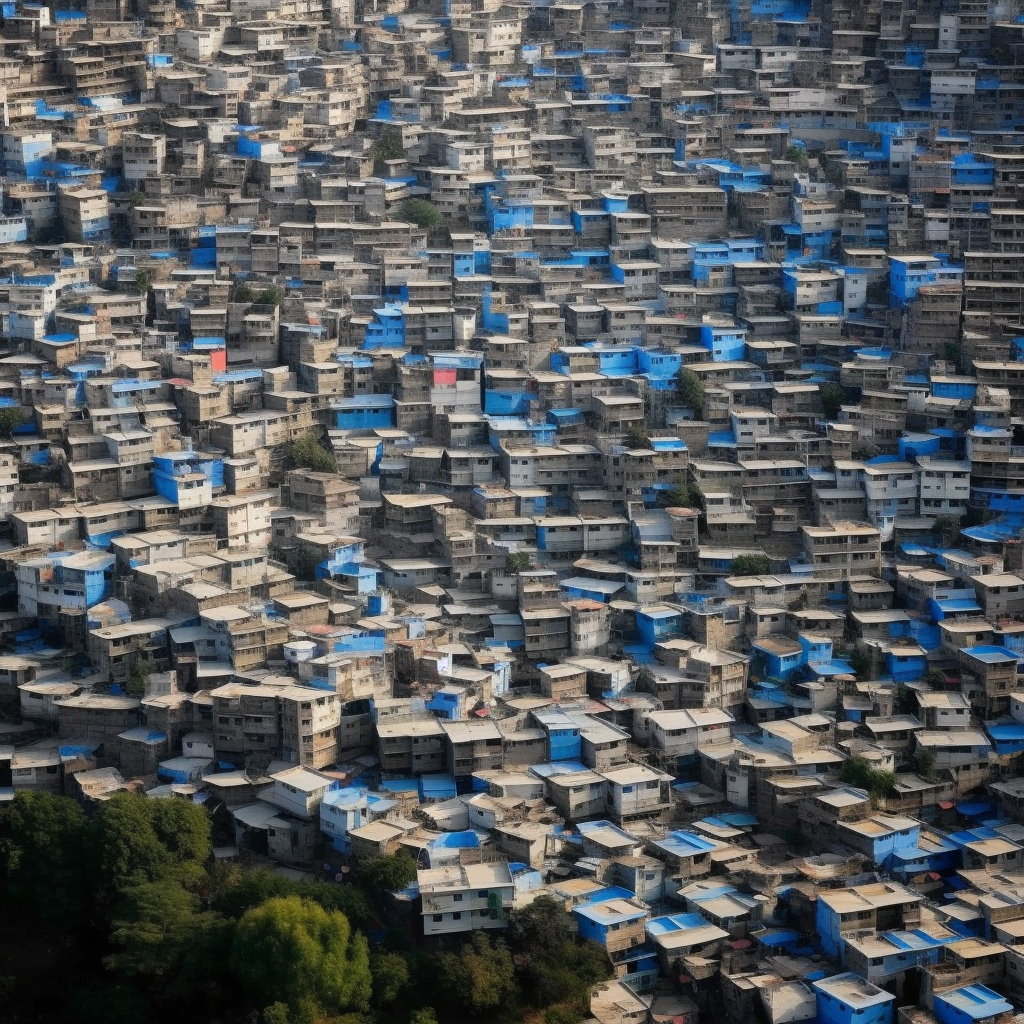
DE-INDIVIDUALIZING
Diminishing sense of individual distinctiveness within the vast and densely populated modern metropolis. In such an environment, individuals may experience a sense of anonymity and a reduction in the uniqueness of their personal identity, as the scale of urban life tends to overshadow individuality.
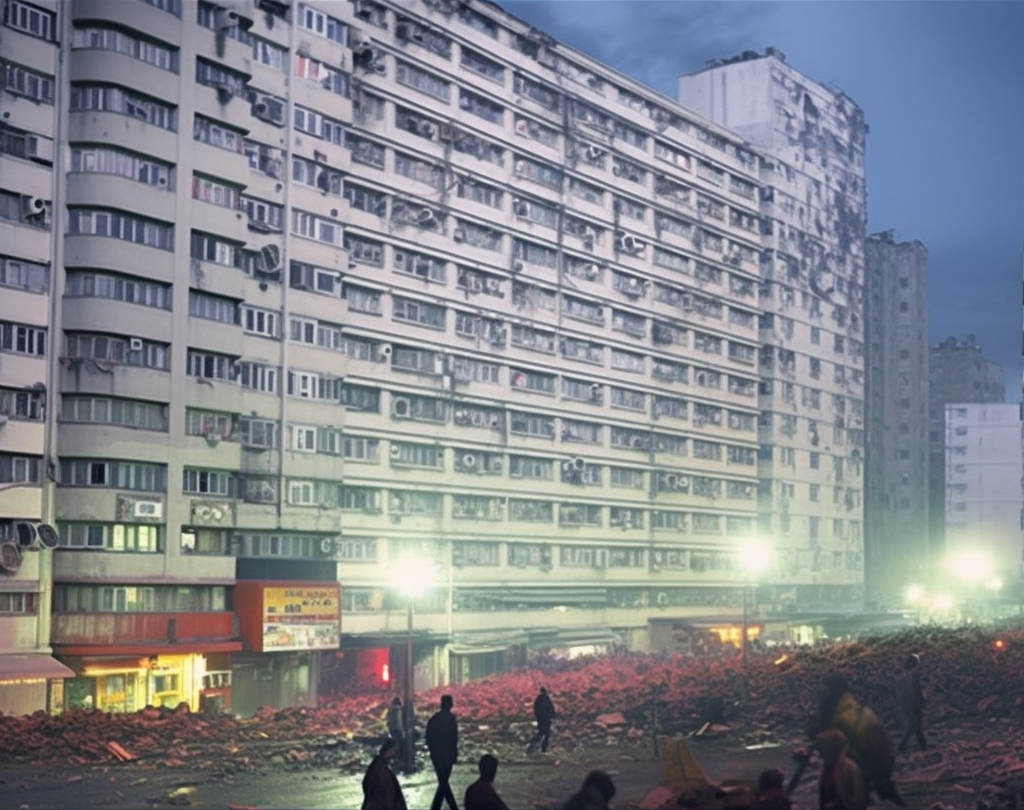
FLEXIBLE ACCUMULATION
A shift in economic practices from the standardized and stable structures of Fordism to a more dynamic and adaptable system. This term encapsulates the ability of societies to navigate and respond to the rapid compression of time and space, highlighting the transformative impact on political-economic practices, the distribution of class power, and various facets of cultural and social life.
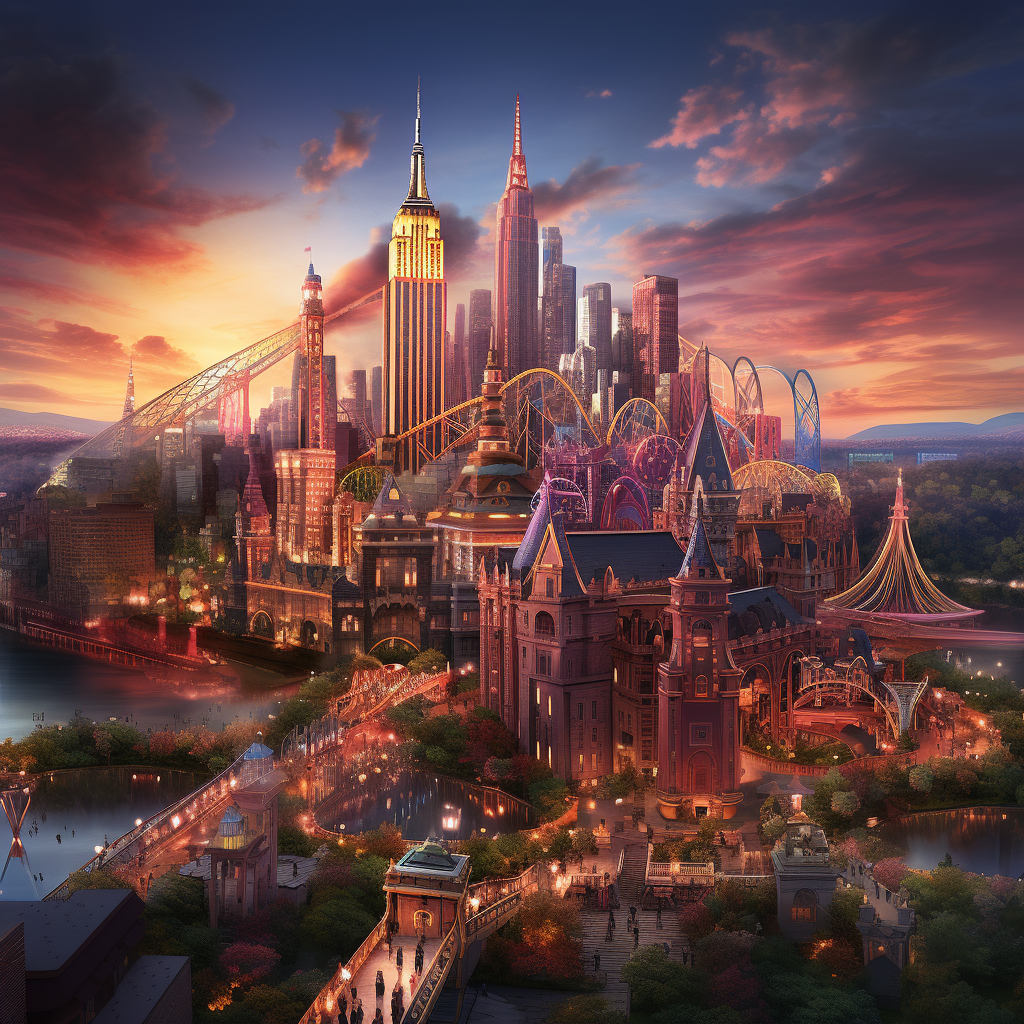
GREEN REVOLUTION
The Green Revolution, marked by technological advances in mid-20thcentury agriculture, aimed to alleviate global hunger through innovations like high-yield crops and chemical inputs. While enhancing food production, it posed environmental challenges such as soil degradation and biodiversity loss. Socioculturally, it led to disparities in wealth distribution, urbanization, and debates, impacting traditional lifestyles and community dynamics. The Green Revolution highlights the complex interplay between technology, human intervention, and their environmental and socio-cultural consequences.

REVISE THE UNIVERSAL
“Revise the universal” urges a critical revaluation of established norms, particularly those perpetuating gender oppression. It calls for transforming universal concepts to be more inclusive and equitable, challenging patriarchal structures and promoting a liberated, just society.
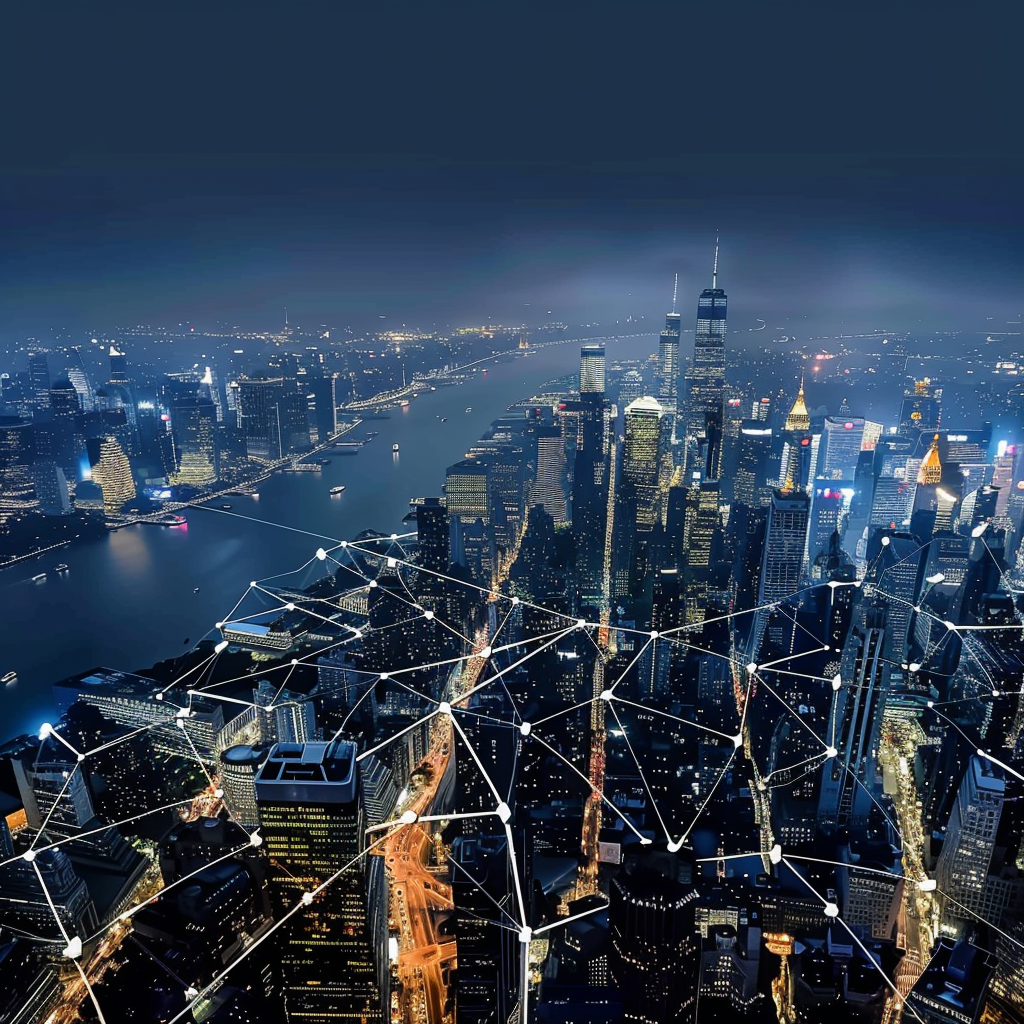
References
- Homework Economy: DONNA HARAWAY, “CYBORG MANIFESTO”
- Climate Justice: KIAN GOH, “CLIMATE JUSTICE AND URBAN FUTURES”
- Simulacrum: DAVID HARVEY, “TIME-SPACE COMPRESSION AND THE POSTMODERN CONDITION”
- Islandisation: S. WAKEFIELD, ”CRITICAL URBAN THEORY IN THE ANTHROPOCENE”
- Techno-Scientific Innovation: LABORIA CUBONIKS, “XENOFEMINIST MANIFESTO”
- Metropolitan Type: GEORG SIMMEL, “METROPOLIS AND MENTAL LIFE”

